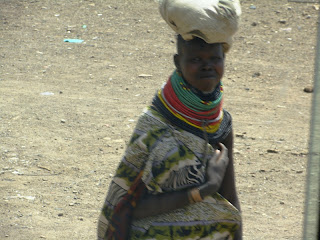Language Learning
Strategies.
In the last 5 days we have learnt a lot about learning
strategies. As the name suggests these are tools to help us absorb, retain, and
use knowledge to achieve our linguistic goals.
These tools can help us as we prepare for exams.
Please note, these are called learning strategies, not exam
strategies. This is because they are mainly to help us prepare for the exams
but not during the exams. In short, we are learning how to learn.
In the first day we learnt that these learning strategies
are divided into three classes:
1. 1. Metacognitive
2. 2. Cognitive
3. 3. Social affective.
Metacognitive learning strategies are strategies we employ before we start
learning. These strategies involve planning, appraisal, evaluation, and setting
goals.
Cognitive strategies are used during learning. These are to
help us understand and retain knowledge. They include things like taking notes,
memory exercises, games and many more.
Social affective learning strategies are used after we have
acquired a certain level of knowledge. They involve working with peers or other
people. They can include quiz games, speech practice and teaching each other.
What do we use these lessons for learning strategies for?
To increase our repertoire in the strategies we already
have, to help us know what strategies to employ in what situation, to achieve
learners autonomy.
https://helpfulprofessor.com/learning-strategies-examples/
https://www.indeed.com/career-advice/career-development/learning-strategies-types
In the second day, we learnt strategies for listening and
reading.
For example, for listening, we learnt the thirty percent method and also Island-hopping.
The thirty percent method involves listening to a text several times while writing words we are can hear until we achieve 30% of words from the whole text.
Island-hopping involves listening to the text and every time we listen we note the words we understand. Each time we listen and note the words down we call that an island. The goal is to create more islands by getting new words every time we listen to a text.
For reading we learnt about use of prior knowledge and also
scanning and skimming.
https://www.indeed.com/career-advice/career-development/learning-strategies-types
Scanning is looking over the text and highlighting or underlining keywords like names, titles, etc while skimming is having a general overview of content by noting headlines, subheadings, table of contents etc.
We also learnt how to add to our vocabulary for both beginners and advanced learners. For beginners we learn new words, repeat and remember and finally practice and apply. For advanced learners, we use paraphrases, neologisms, self corrections, user-initiated corrections and basic knowledge of word formations(metalinguistic aspects)We learnt how we can use flash cards too. We learnt how to use colours when learning grammar by using different colours to highlight different articles.
In the third day we learnt learning strategies for speaking. These include proper use of phonetics, how to
speak big chunks and used an example of an elevator pitch.
In the fourth day, we learnt learning strategies for writing. A good example is what we called parallel text. This involves selecting a text in German e.g a recipe, study the format and use of words then try to replicate that on your writing pad but using different words and expressions e.g ingredients, etc
We also learnt about mnemonics or memory aids. These include things like the memory palace and mnemonic bridges.
https://www.indeed.com/career-advice/career-development/memorization-strategies
https://grundschultricks.de/top-15-eselsbruecken-deutsch/
https://sprachekulturkommunikation.com/tekamolo/
In day five, we have learnt how to create a story to help us
link unrelated content and terms in a story. This is important to help us also
memorize new terms by repeatedly telling the story. We have also learnt how to
have proper structures and information. Words and phrases are easier to
remember when similar ones are grouped together, for example professions,
vegetables, animals, plants, etc. We can also have them into groups, for
example recipes.
In case you have any questions please ask in the comment section and I will answer back. Alles bestes.


